Top Things to Know Before Buying Small Garden Landscape
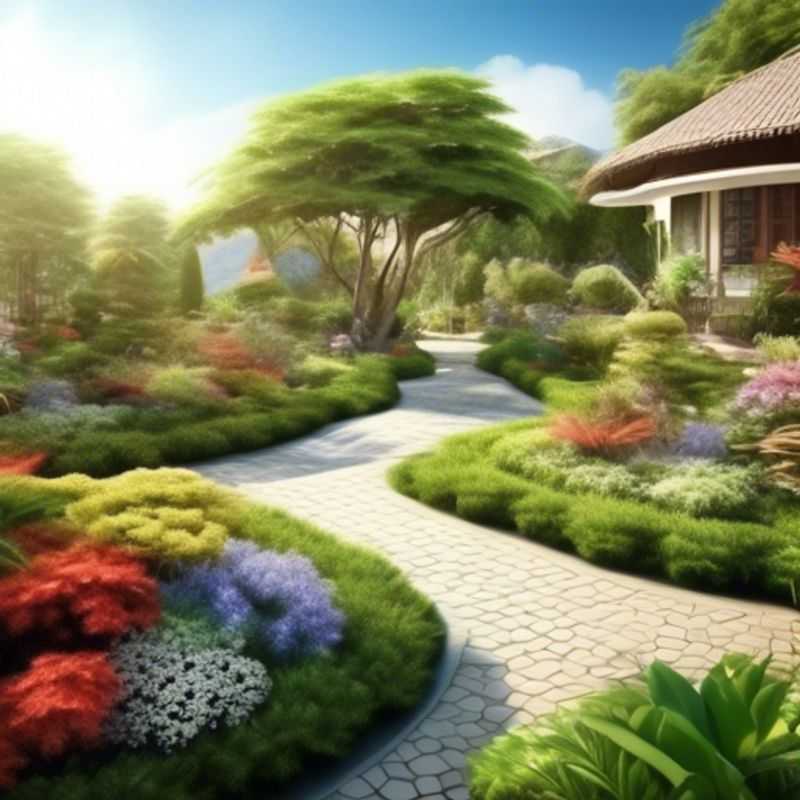
Top Things to Know Before Buying Small Garden Landscape: From Measurement to Budget
Ah, the humble garden. A canvas of green, waiting for your touch, your vision. But before you dive into the world of fragrant flowers and verdant foliage, there are a few key things to consider. It's all about ensuring your small garden landscape is not only beautiful but also practical and sustainable. Think of it as a grand design, but in miniature.
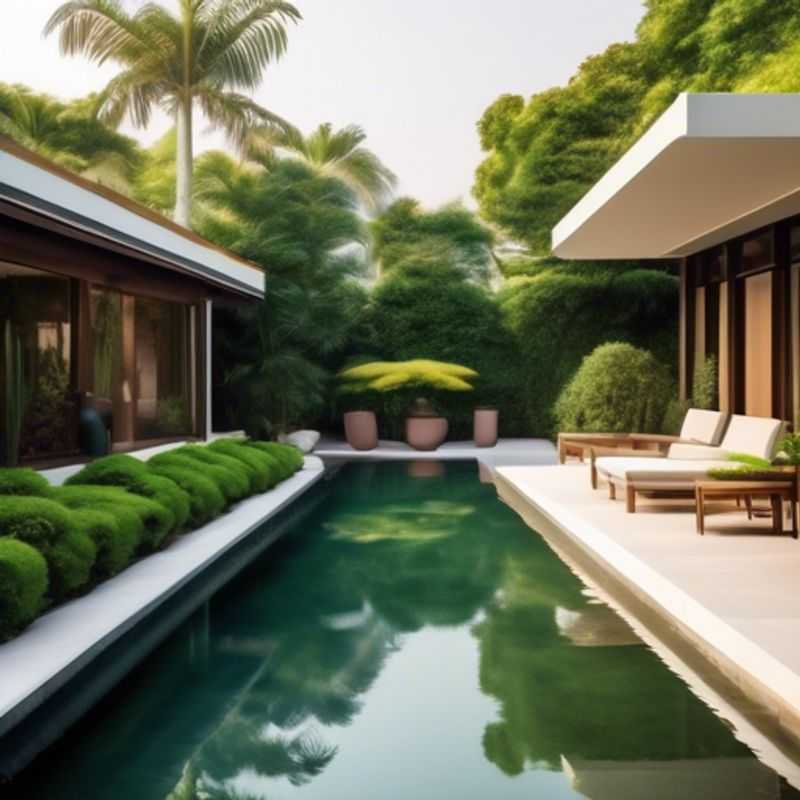
Measure Your Garden: A Guide to Perfect Landscape Sizing
Before you start designing your garden, knowing the exact measurements is crucial. Here’s a simple guide to measure your garden space:
1. Define the Garden Area: Determine the boundaries of your garden space. This might involve using a measuring tape to mark the area around your house, fences, or other structures.
2. Choose Measuring Tools: Depending on the size of your garden, you may use a standard measuring tape, a long tape measure, or even a laser distance meter for more accurate measurements.
3. Measure the Length and Width: Take measurements of the length and width of your garden. If it has an irregular shape, break it down into smaller rectangles and measure each one separately.
4. Record Your Measurements: Write down all your measurements carefully, including units (feet, meters, etc.). This will be your blueprint for planning the layout of your garden.
5. Consider the Layout: Once you have the measurements, you can start planning the layout of your garden. Consider the placement of pathways, plants, and other features to create a balanced and functional space.
6. Utilize a Garden Design Tool: Many online tools and apps can help you visualize your garden design, play with different layouts, and determine the best fit for your landscape elements based on their size and shape.
By carefully measuring your garden space, you can ensure that your landscape design is well-proportioned and aesthetically pleasing. Don't forget to consider the size and placement of elements, especially those that require more space, like trees or large water features.
Remember, taking the time to measure accurately will help you create a beautiful and functional outdoor space you can enjoy for years to come.
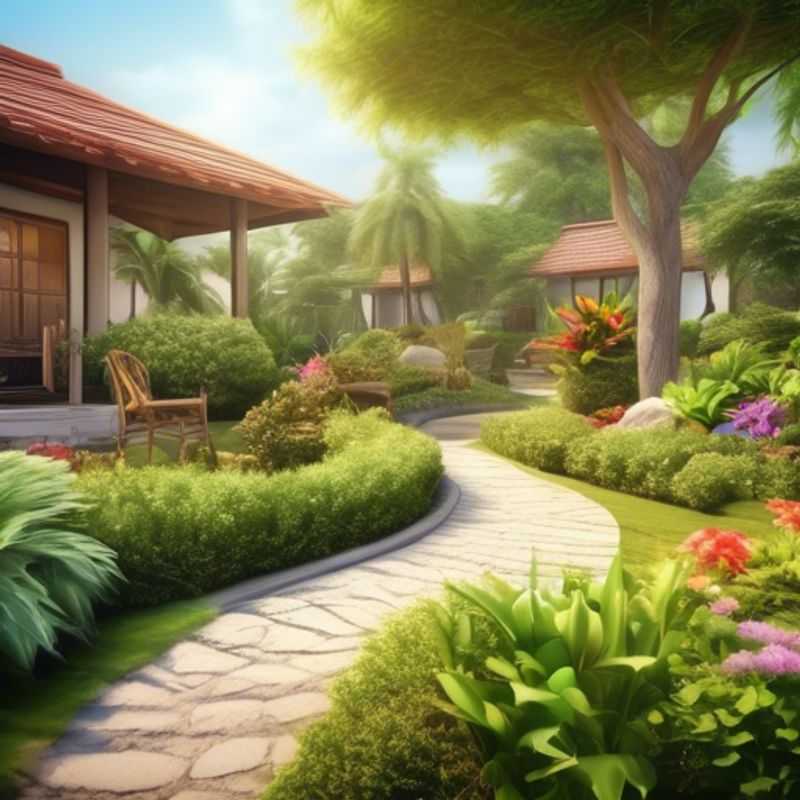
Grow with the Flow: Selecting Plants for Your Climate and Soil
A fundamental step in successful gardening is understanding the specific climate and soil conditions of your area. This knowledge acts as a roadmap, guiding you towards choosing plants that will flourish rather than struggle.
Climate, encompassing temperature, rainfall, and sunlight exposure, dictates the types of plants that can thrive in your region. For instance, a warm, sunny climate might favor Mediterranean plants, while a cool, humid area might suit ferns and rhododendrons.
Soil type, characterized by its composition and pH level, plays a crucial role in plant growth. Sandy soils drain quickly and are ideal for drought-tolerant plants, while clay soils retain moisture and suit plants that prefer wetter conditions. Soil pH influences nutrient availability, and plants have specific preferences. A soil test, often available for a fee from local agricultural extension offices, provides valuable information on your soil's composition and pH level.
By researching your local climate and soil conditions, you can confidently select plants that will thrive in your garden. Resources such as local nurseries, gardening websites, and agricultural extension services offer valuable information and guidance.
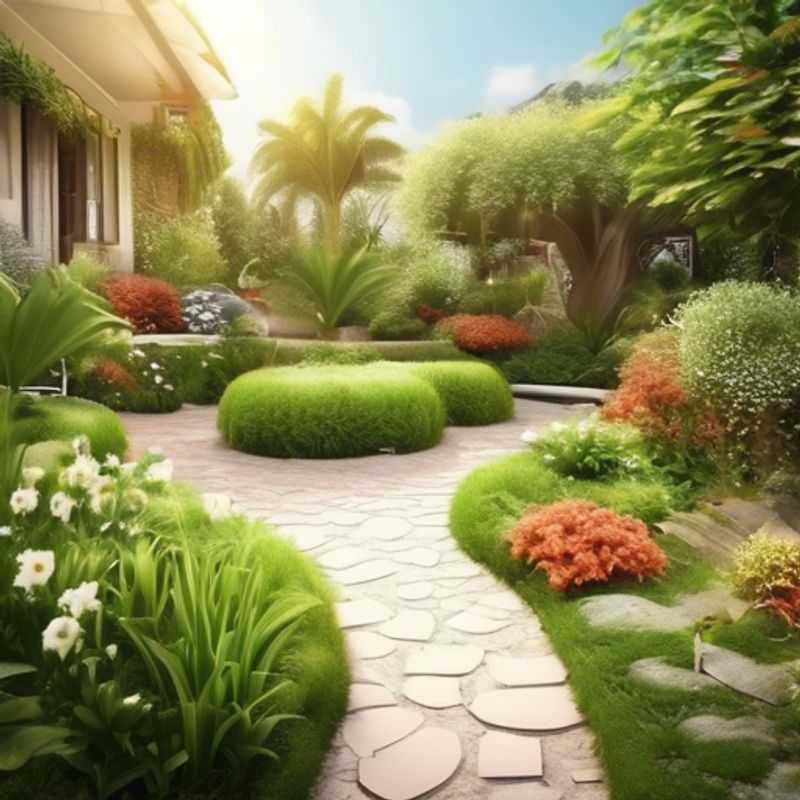
Sunlight's Role in Garden Design: Matching Plants to Their Ideal Exposure
Knowing your garden's sun exposure is crucial for plant selection. Different plants thrive in varying amounts of sunlight. Full sun, receiving 6+ hours daily, is ideal for sunflowers, tomatoes, and roses. Partial sun, 3-6 hours, suits lavender and hydrangeas. Shady areas, less than 3 hours, are perfect for ferns and hostas.
Consider the direction your garden faces, as north-facing areas receive less sun than south-facing ones. Plant accordingly. Utilize shade-tolerant plants like ferns or hostas for north-facing areas, and sun-loving plants for south-facing ones.
Observe your garden's light patterns throughout the day to get a more accurate picture. You can use apps to measure sunlight levels, or simply observe how much sun reaches different areas at different times. This allows you to choose the right plants for your specific needs.
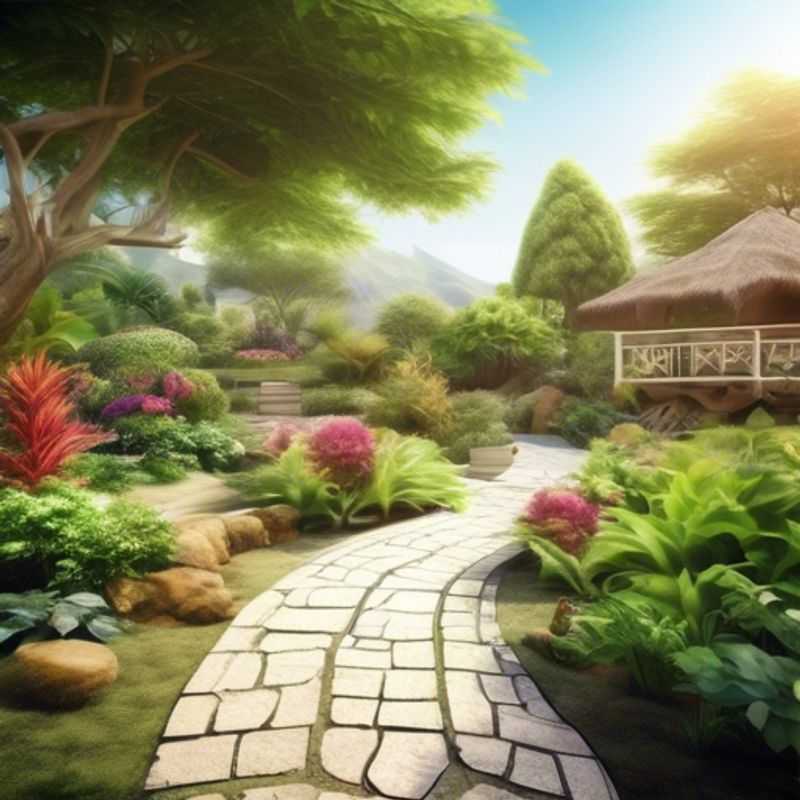
Low-Maintenance, Drought-Resistant Landscaping: A Time-Saving Solution for Busy Gardeners
In the realm of landscaping, minimizing maintenance and ensuring resilience are paramount. Drought-tolerant and low-maintenance plants offer a practical solution, reducing the need for frequent watering and upkeep. By selecting these hardy varieties, you can cultivate a beautiful and sustainable garden without demanding significant time and effort.
The key to success lies in selecting plants with innate drought tolerance, such as succulents, cacti, and certain types of grasses. These plants have evolved to thrive in arid conditions, minimizing their water requirements.
Another strategy is to opt for low-maintenance species. These plants naturally require minimal pruning, fertilization, or pest control. They are robust and adaptable, flourishing even with minimal care.
When choosing low-maintenance plants, consider factors like their growth habit, mature size, and potential for invasive spread. Selecting appropriate varieties for your specific climate and soil type is crucial.
The initial investment in drought-tolerant and low-maintenance plants might seem higher, but it pays off in the long run. Reduced watering, fertilizer, and pest control costs contribute to significant savings. Moreover, these plants often require less frequent replacement, further minimizing expenses.
Remember that proper plant selection, soil preparation, and initial care are essential for success. Consult with a local nursery or landscape professional to receive tailored advice for your specific needs and climate.
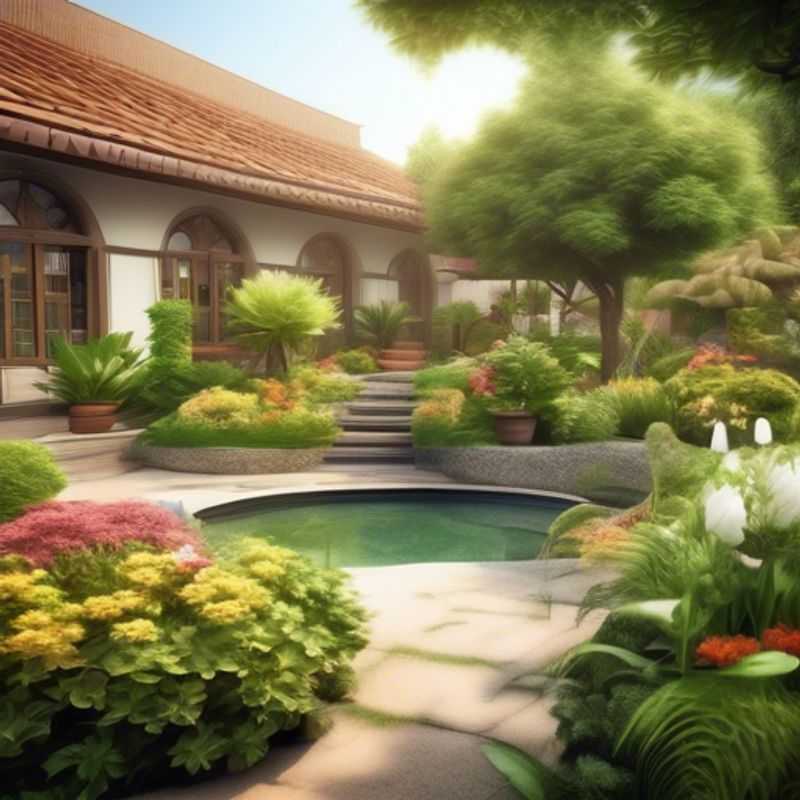
Crafting Cohesive Outdoor Spaces: Pathways, Seating, and Water Features
Designing a cohesive outdoor space involves integrating pathways, seating areas, and water features for a harmonious look and feel. Pathways, which are essential for navigation, should seamlessly connect different areas of the space, leading visitors through the landscape. They can be constructed from various materials, such as stone, brick, gravel, or wood, depending on the style and budget.
Seating areas provide opportunities for relaxation and social gathering. They can range from simple benches and chairs to more elaborate structures like gazebos or pergolas. Consider incorporating seating areas with varying levels of privacy and exposure to sunlight, catering to different needs and preferences. Incorporate comfortable seating options for a welcoming and inviting atmosphere.
Water features, such as ponds, fountains, or waterfalls, add visual appeal and a soothing ambiance to the outdoor space. They provide a focal point, create a sense of tranquility, and attract wildlife. Water features should be carefully positioned, considering the size of the space and the surrounding vegetation to ensure proper water flow and maintenance.
Remember to integrate the design elements – pathways, seating areas, and water features – to create a cohesive and unified experience. Consider the overall theme and style of the landscape, as well as the functionality of the space. Incorporate plants and landscaping features that complement the chosen design and enhance the visual appeal.
When planning the budget for your project, consider the costs associated with materials, labor, and maintenance. Factors such as the size and complexity of the design, the materials used, and the location will influence the overall cost. Research and compare prices from different suppliers to ensure cost-effectiveness and value for your investment.
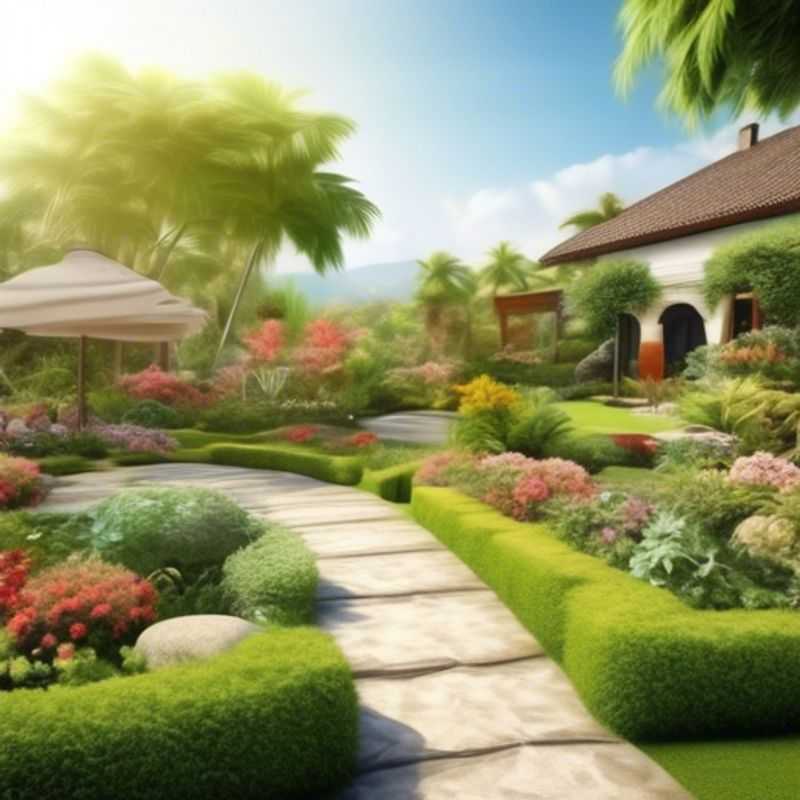
Get Expert Eyes: Consulting with Nursery Pros and Landscape Designers
When designing your garden, it’s always a good idea to consult with a local nursery or landscape designer. They can help ensure your plan is feasible and visually appealing, considering factors like soil type, climate, and your personal preferences. This professional guidance can save you time, money, and frustration in the long run.
Consultations with a nursery or landscape designer typically involve a fee, which can vary depending on the scope of the project, the designer's experience, and your location. This fee often covers an initial site visit, a design plan, and ongoing support.
A nursery can offer expertise on specific plant types suitable for your area and provide guidance on their care. Landscape designers can create a comprehensive plan that includes plant selection, hardscaping (patios, walkways, etc.), irrigation systems, and lighting. They may also recommend eco-friendly options, such as drought-tolerant plants or native species.
While DIY garden design can be satisfying, enlisting professional help can ensure your garden thrives and brings you years of enjoyment.
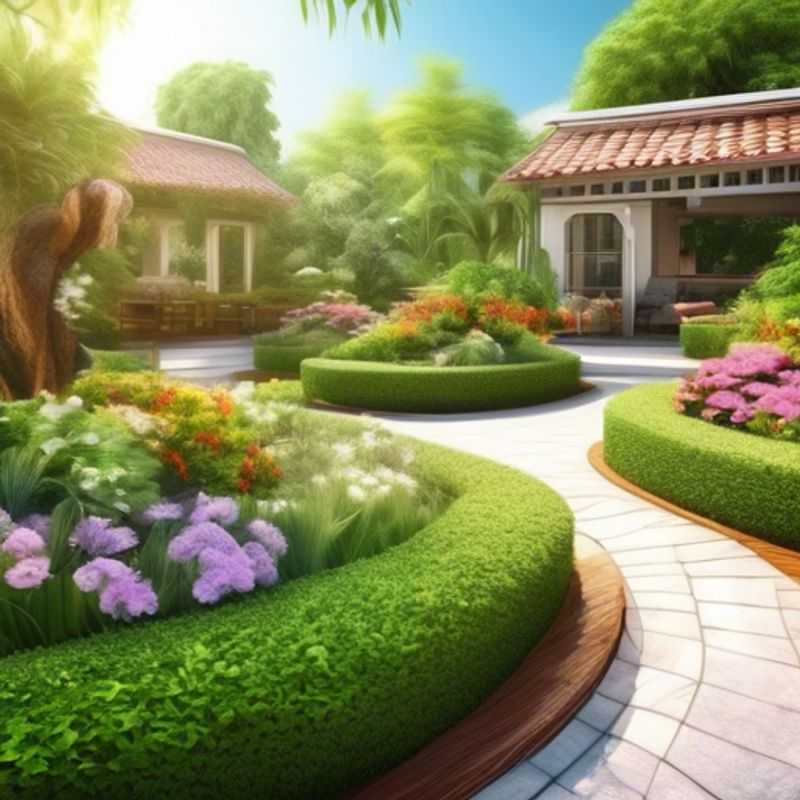
Budgeting for Success: A Practical Guide to Material, Labor, and Maintenance Costs
A well-structured budget is critical for successful project management. When allocating resources, remember that the budget should encompass materials, labor, and ongoing maintenance.
Materials refer to the tangible components needed for the project. This includes everything from raw materials and equipment to software licenses and specialized tools. Be sure to factor in potential price fluctuations and lead times for delivery.
Labor refers to the human resources involved in the project. This includes salaries, benefits, and any associated taxes or payroll costs. Consider the skill set required and the time needed to complete each task. You can estimate the cost by calculating the hourly rate of each worker multiplied by the hours needed to complete the work.
Ongoing maintenance is often overlooked but critical. This category includes costs for regular inspections, repairs, upgrades, and replacements. Think about the expected lifespan of the project's components and factor in the potential costs associated with keeping them operational over time.
To ensure accuracy, consult with experienced professionals for pricing estimates, and research current market rates for materials and labor. Remember, a realistic budget is essential for a successful project.
